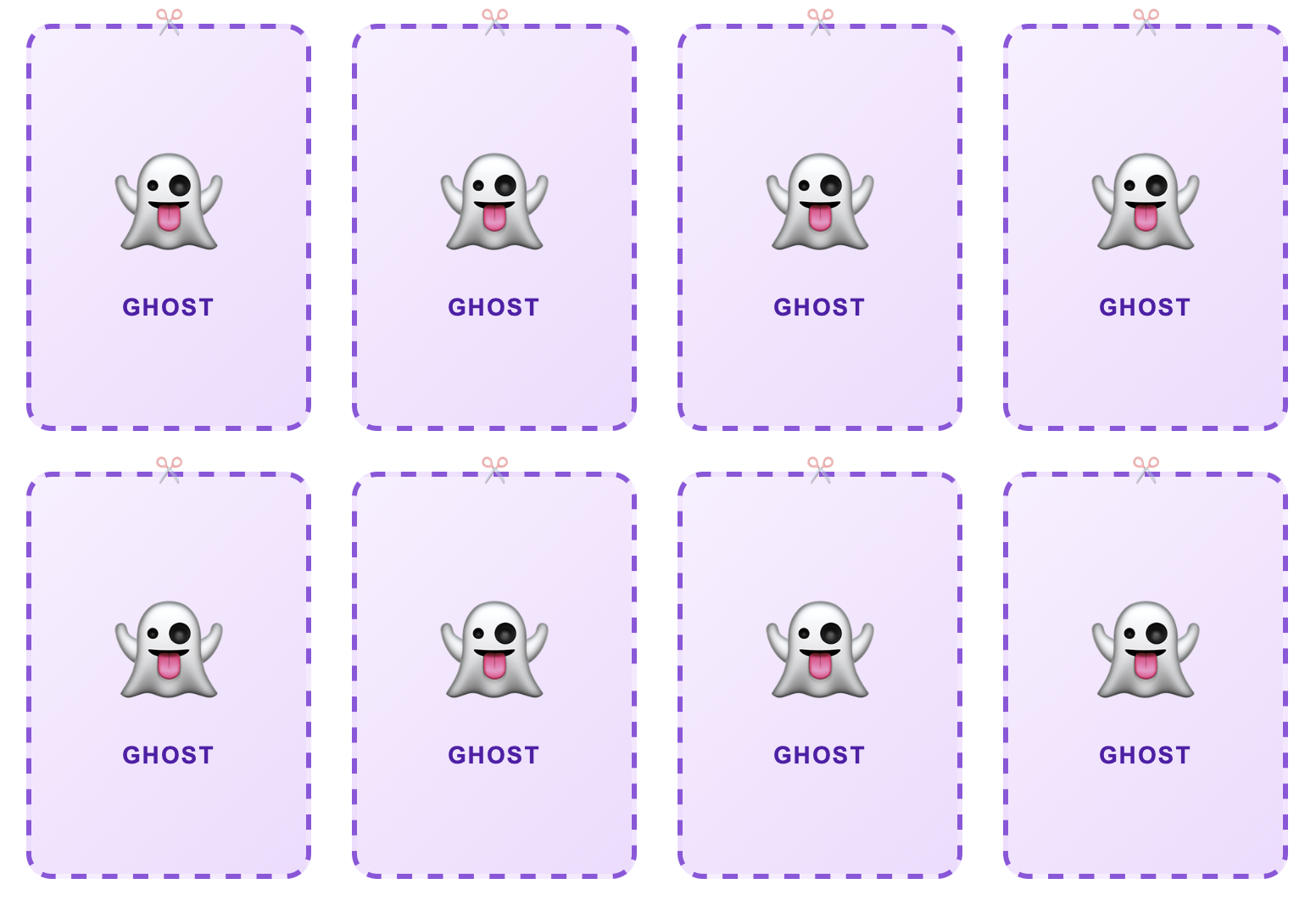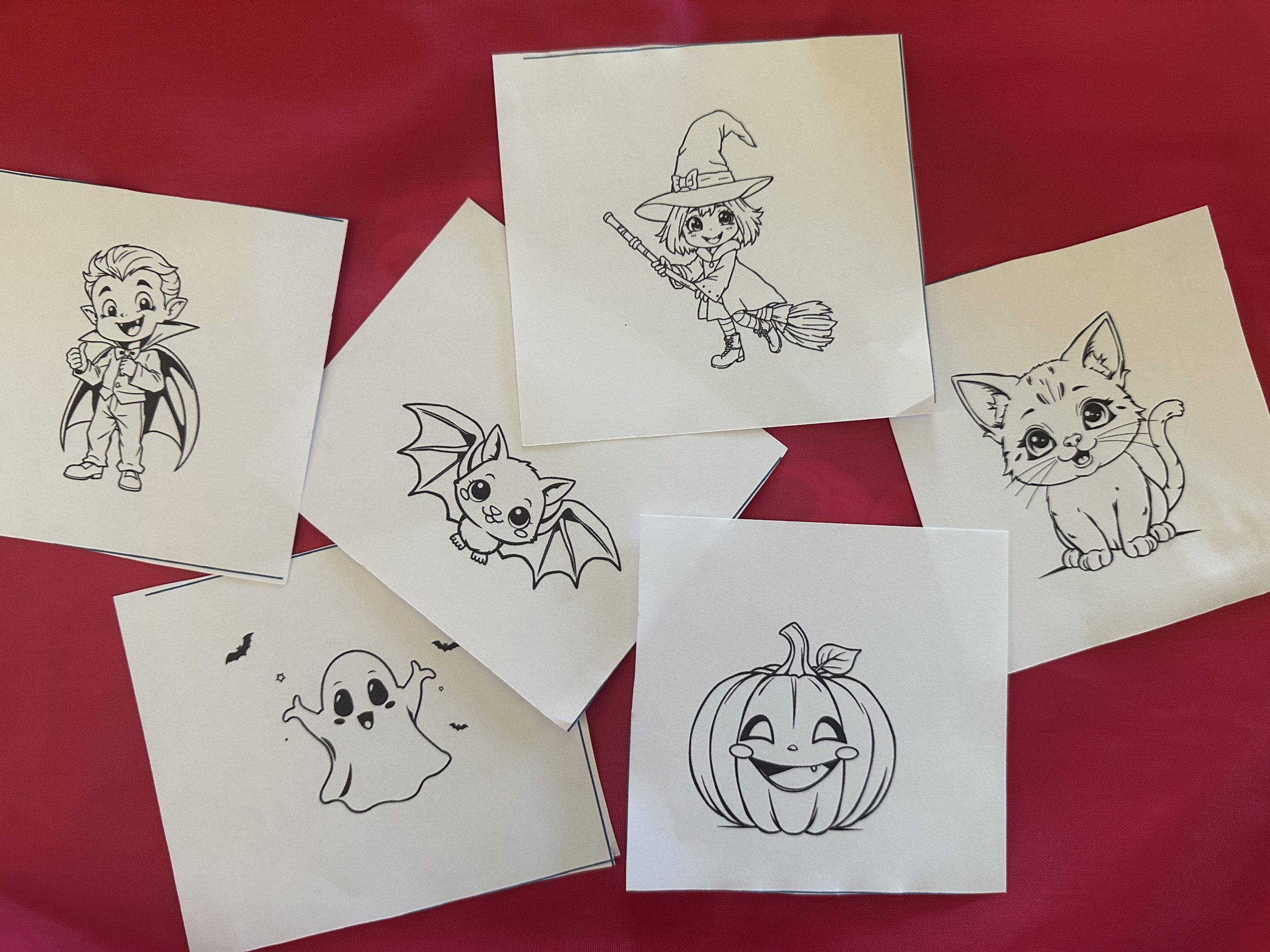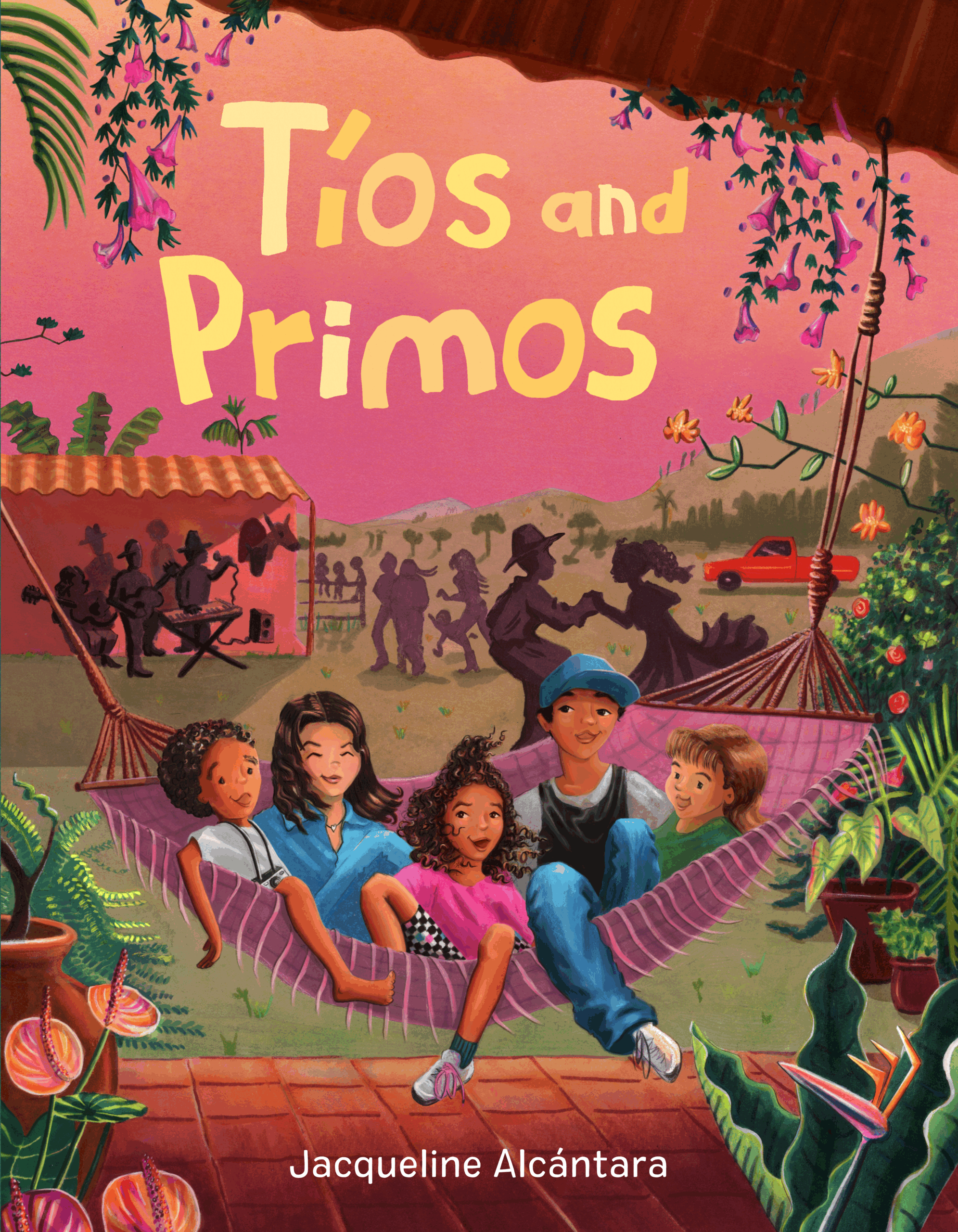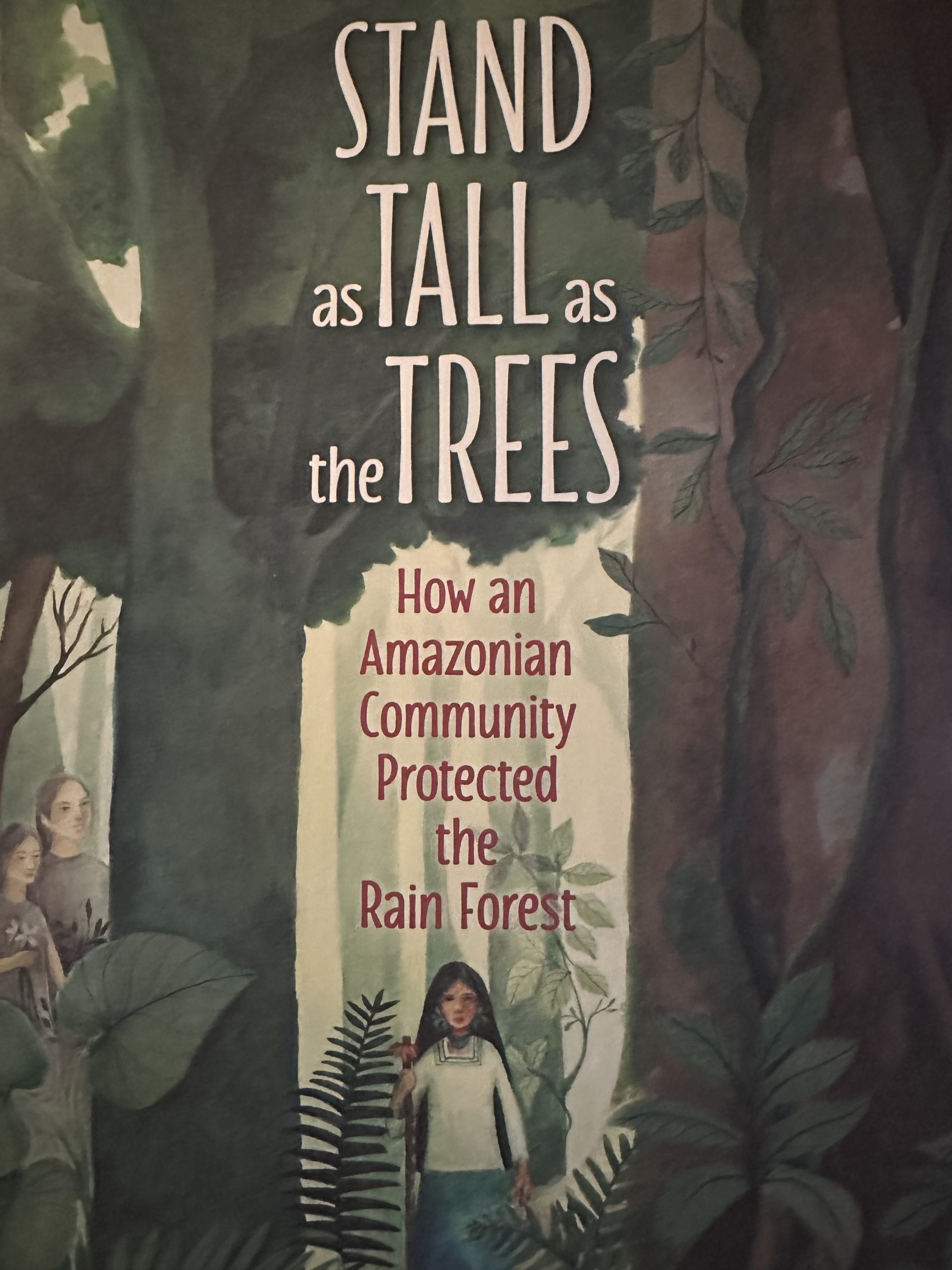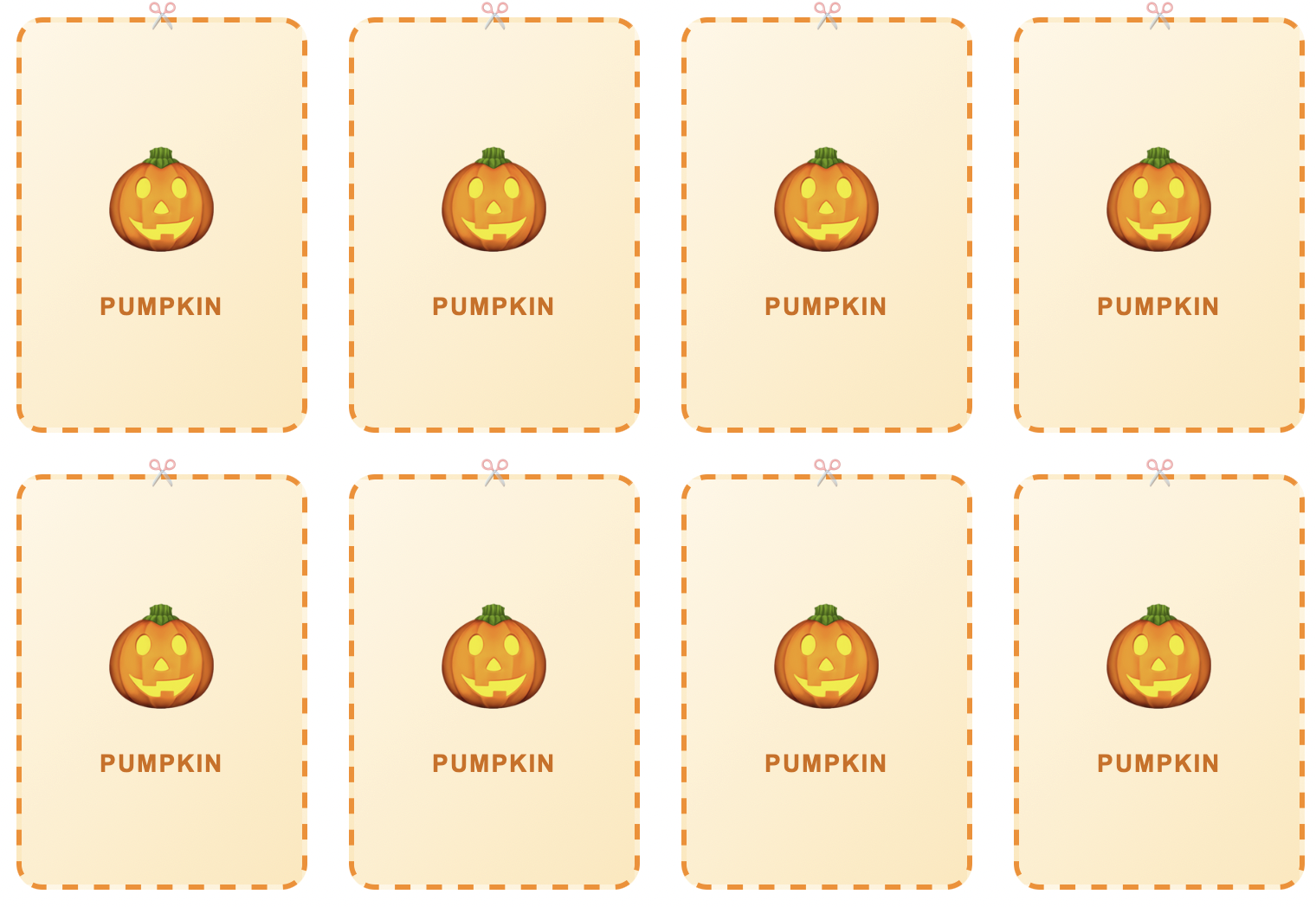
🎃 Halloween Pattern Cards Activity 🎃
- Identify and create repeating patterns using AB, AAB, and ABC structures
- Recognize pattern units and predict what comes next in a sequence
- Develop fine motor skills through card manipulation
- Use mathematical vocabulary (pattern, repeat, sequence, predict)
🏫 For Classrooms:
- Printed Halloween pattern cards (1 set per student or pair)
- Scissors (for cutting cards)
- Optional: Card stock for durability
- Optional: Laminator
- Large demonstration cards for whole-group instruction
🏠 For Families:
- Printed Halloween pattern cards (printable provided)
- Child-safe scissors
- Clear workspace (table or floor)
- Optional: Envelope or bag for card storage
Preparation (5 minutes)
- Print the Halloween pattern cards sheet (24 cards: 8 pumpkins, 8 bats, 8 ghosts)
- Cut along dashed lines to separate cards
- For durability, consider printing on card stock or laminating
Introduction (5 minutes)
Gather students on the carpet with demonstration cards. Show an AB pattern (pumpkin-bat-pumpkin-bat) and ask: “What do you notice? What comes next?” Introduce vocabulary: pattern, repeat, predict.
Sit together and explore the cards. Say: “Let’s make a spooky pattern! A pattern is when something repeats over and over. Can you help me make one?”
Guided Practice (10 minutes)
Starting Simple (AB Pattern):
Ask: “What’s the pattern?” “What comes next?” Let children extend the pattern.
Building Complexity (AAB Pattern):
Ask: “How is this pattern different from the first one?”
Advanced Challenge (ABC Pattern):
Ask: “Can you name the pattern using the letters A-B-C?”
Independent Practice (10 minutes)
Students create their own patterns using the cards. Encourage experimentation with different pattern structures.
Classroom Management Tips:
- Partner students strategically (pair stronger pattern-makers with those still developing the skill)
- Use a document camera to showcase student-created patterns
- Create a “Pattern Gallery Walk” where students view and describe each other’s work
- Keep extra printed sets for students who finish early
Assessment Strategies:
Differentiation:
- Support: Start with two-element patterns only
- Challenge: Introduce AABB, ABBC, or AABC patterns
- ELL Support: Use color names and Halloween vocabulary explicitly
Creating a Learning Environment:
This activity is perfect for kitchen table learning! Don’t worry about perfection—the goal is exploring patterns together. Celebrate mistakes as learning opportunities.
Learning Conversation Starters:
- “I notice your pattern has two pumpkins, then a bat. Can you tell me about it?”
- “What would happen if we made the pattern backward?”
- “Can you find patterns around our house? (tiles, wallpaper, clothing)”
Real-World Connections:
Mess Management:
Use a cookie sheet or tray to contain cards. Store cut cards in a labeled envelope or small bag for repeated play throughout October.
🎓 For Advanced Learners
- Create “mystery patterns” with one card face-down—can others guess what’s hidden?
- Make growing patterns (AB, AAB, AAAB)
- Use the cards to create addition stories
🎨 Cross-Curricular Connections
- Literacy: Write sentences describing patterns
- Art: Draw or paint original patterns using Halloween colors
- Movement: Create body pattern sequences (clap-stomp-clap-stomp)
📅 For Multiple Learning Sessions
- Day 1: AB and AAB patterns
- Day 2: ABC and ABBC patterns
- Day 3: Pattern creation challenge and showcase
💻 Digital Integration
Use the companion online game (Halloween Pattern Cards) for screen-based pattern practice that reinforces hands-on learning.
🎯 Why This Activity Works
This activity supports early mathematical thinking through engaging, seasonal content. Pattern recognition is foundational for understanding algebraic concepts, number sense, and logical reasoning. By connecting this essential skill to Halloween fun, we make abstract thinking concrete and memorable.
Parent Tip: Keep these cards for future use! They work year-round for pattern practice and can be combined with other manipulatives (blocks, buttons) for extended learning.

